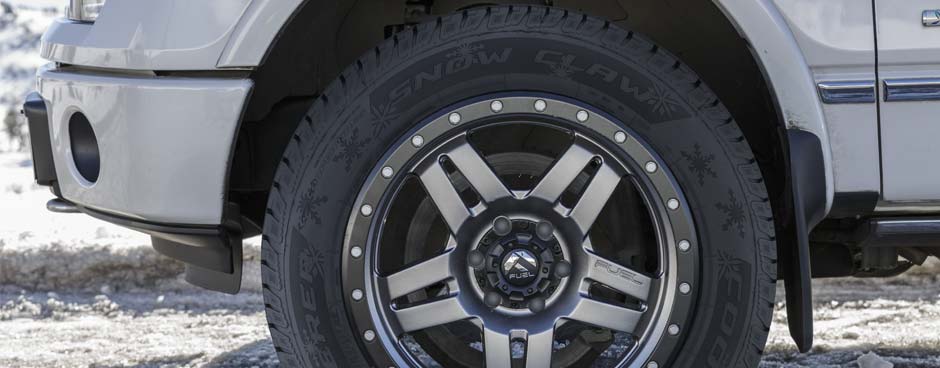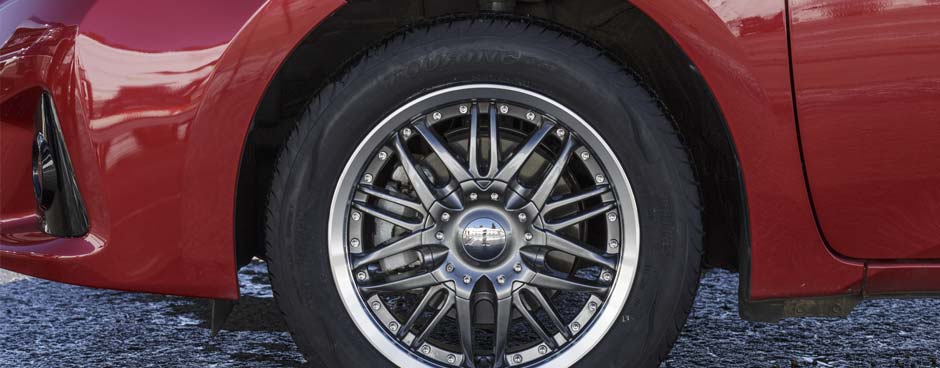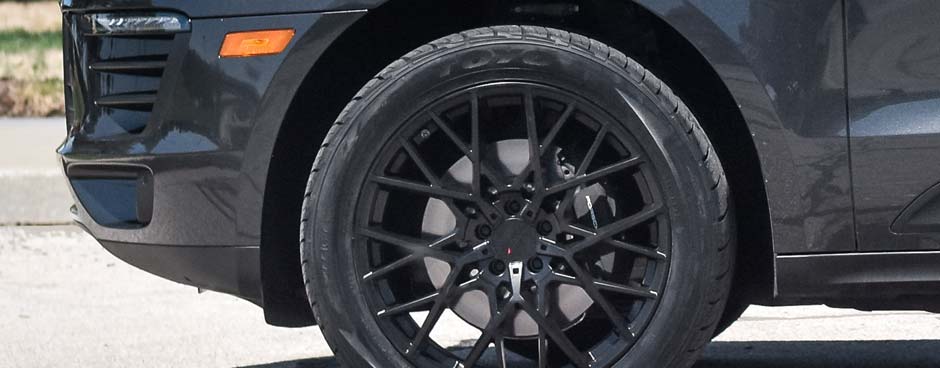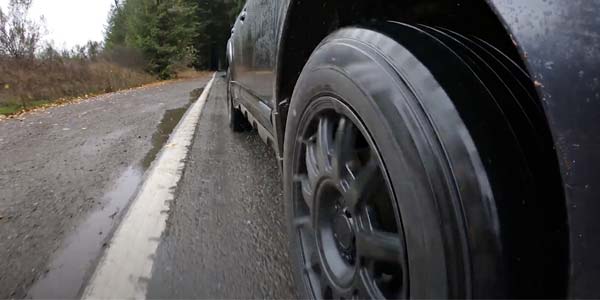
Seasonal Tire Changeovers
The Right Tires, Whatever the Weather
Appointments and walk-ins are welcome at all locations.

If you’re driving in snow, ice, and temperatures at or below ~40 degrees, you’ll want to change out your regular tires with studded or studless winter tires in late fall or early winter. This can help ensure you’re prepared for anything. Get your winter tires swapped out at a Les Schwab near you today.
Winter tires are made of special rubber compounds that grip the road even in freezing temperatures.
Winter tires have sipes that create biting edges. These provide grip on snowy, slushy and icy roads.
In slick road conditions, winter tires deliver better control, improved traction, and shorter stopping distances than other seasonal tires.

Unless you live where the climate is mild all-year long, all-season tires provide an easy alternative to seasonal tire change-outs. All-season tires are great options for spring, summer, fall, and even mild winters.
Capably handles light snow or freezing rain in the fall and spring better than performance tires.
Gives everyday drivers and daily commuters solid traction in a wide variety of conditions.
All-season tires are designed to provide a smooth, comfortable ride and a long tread life.

If you own a sports car, EV (electric vehicle), or a larger/luxury SUV, summer tires, also known as performance tires, may be the perfect option.
Improved road grip in wet conditions thanks to improved contact area and water evacuation from the tread.
Summer tires are generally stiff enough to provide nimble handling, efficient traction during acceleration, and better grip when braking.

Everything we do, we do to earn your trust in every season. That includes the Les Schwab Tire Warranty that doesn’t cost extra and lasts for the life of your seasonal tires.

When temperatures drop and road conditions worsen, it is recommended to put on winter tires. Read this article to find out when to get a seasonal changeover.

Learn how to store your seasonal tires and wheels properly with tips from Les Schwab. Extend your tire life with proper cleaning, air pressure, and storage solutions.

Find quick answers to your questions about store hours, tire products, vehicle services, pricing, warranties, and more on our Les Schwab General FAQ page.